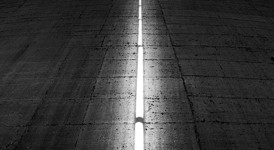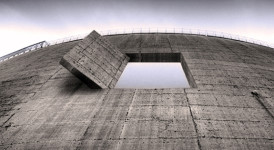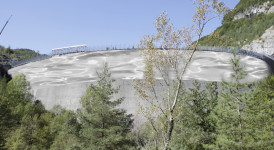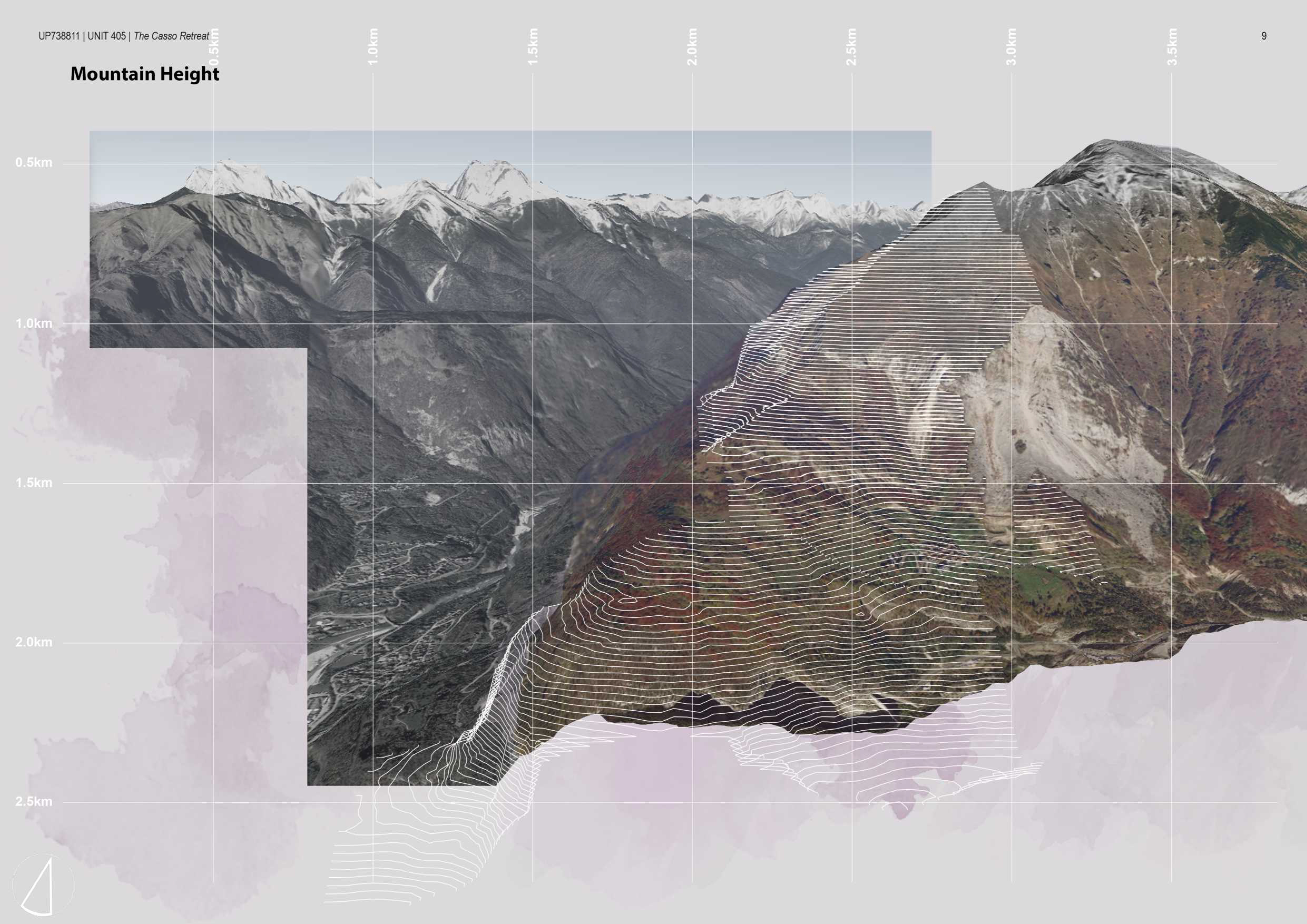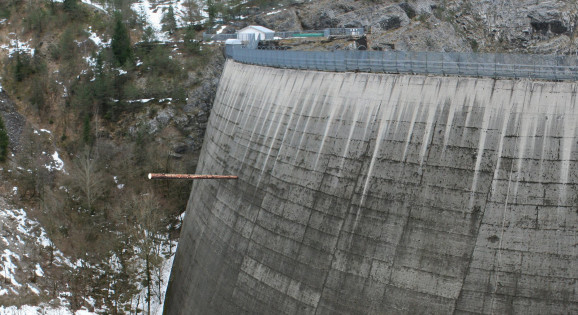
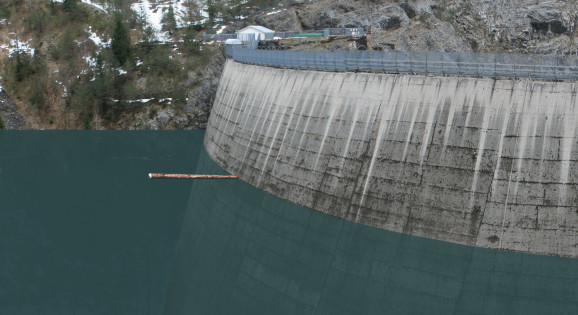
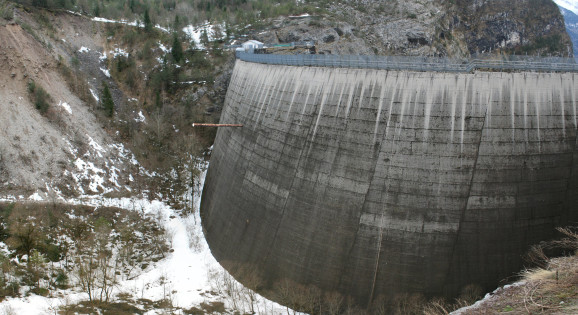
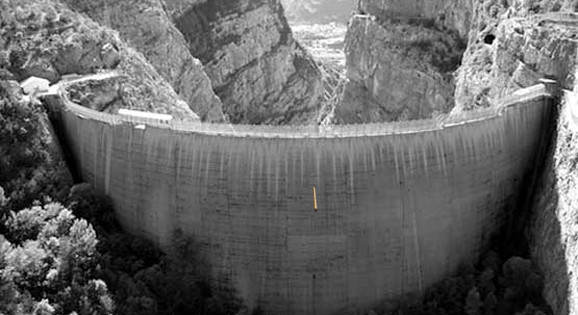
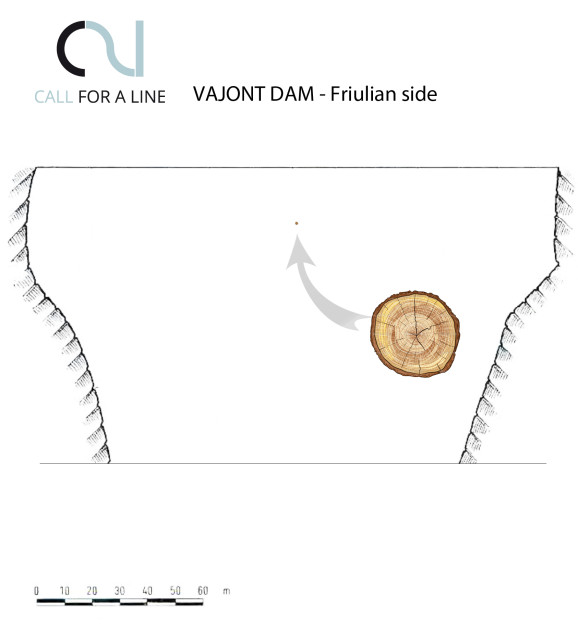
is a site-specific installation on the Vajont Dam. A trunk is suspended by thin metal cords hooked to the crowning of the dam, and with one end touching the eastern side of it (possible point of anchorage to the surface), highlighting the height of the water inside the artificial basin on October 9, 1963.
The trunk (length, weight variable) is fixed in a horizontal position and perpendicular to the elevation of the dam as if it is floating on the surface of a ghost lake, or as if the log descended along a stretch of the Vajont stream facing with the way, blocked by the concrete wall, to the Piave river (and to Venice).
The waterways of the area had two main productive activities: one is the timber rafting which indulged the river free to flow downstream to Venice since ancient times, and the other is the hydroelectric exploitation, which began in the first half of the twentieth century with the construction of many plants (dams, reservoirs, power plants) M-V puts together by synchronizing them to one trans-temporal image.
presents itself as a critical image and, at the same time, opens to many possibilities of interpretations.
The dam, as arrogant human technology built in the wrong place and, already, a symbol of death and failure, acquires a “Pinocchio’s nose” as an eternal reminder of lies and covered up (uncomfortable) truths by people responsible to the tragedy. They intentionally neglected their obligation to alert the populations of Longarone and other neighboring towns to activate an evacuation plan because they were blinded by ambition and economic interests.
, the title, is a graphic image, a summary of the landscape from the line of separation of the Mount Toc landslide to the Vajont Dam.
: as the shape of the Mount Toc landslide
: as the deep and narrow shape of the valley where the Vajont Dam is set.
And in between, there is “-“, a trunk, connecting these two symbols.
–
consiste in un intervento site-specific sulla Diga del Vajont. Un tronco è sospeso con sottili funi d’acciaio agganciate al coronamento della diga e tocca con un’estremità il lato est della stessa (possibile punto di ancoraggio alla superficie), segnando la quota alla quale si trovava l’acqua all’interno del bacino il 9 ottobre 1963.
Il tronco (lunghezza e peso variabili) è fissato in posizione orizzontale e perpendicolare al prospetto della diga, come se galleggiasse sulla superficie di un lago fantasma, o come se fosse disceso lungo un tratto del torrente Vajont per poi trovarsi la via verso il Piave (e verso Venezia) sbarrata dal muro di cemento.
riunisce, sincronizzandole in un’unica immagine trans-temporale, le due principali attività produttive legate ai corsi d’acqua del territorio: il trasporto fluviale del legname, che fin dall’antichità assecondava i corsi dei fiumi lasciandoli liberi di scorrere a valle, e lo sfruttamento idroelettrico degli stessi, iniziato nella prima metà del ‘900 con la costruzione di numerosi impianti (sbarramenti, serbatoi, centrali).
si propone come immagine critica e al contempo aperta a varie possibilità d’interpretazione.
La diga, arrogante opera tecnologica costruita nel posto sbagliato e già simbolo di morte e fallimento, acquisirebbe un “naso di Pinocchio”, a perenne ricordo delle menzogne e scomode verità insabbiate da parte dei responsabili della tragedia. Coloro che, accecati da ambizione e interessi economici, trascurarono intenzionalmente l’obbligo di allertare le popolazioni di Longarone e degli altri comuni limitrofi per attivare un piano di evacuazione.
, il titolo, è un’immagine grafica: riassunto del paesaggio dalla linea di distacco della frana del Monte Toc alla Diga del Vajont.
: come la ben nota forma della frana del Monte Toc
:come la stretta e profonda valle in cui si trova la Diga del Vajont
e tra le due c’è “-“, un tronco, che collega questi due simboli.
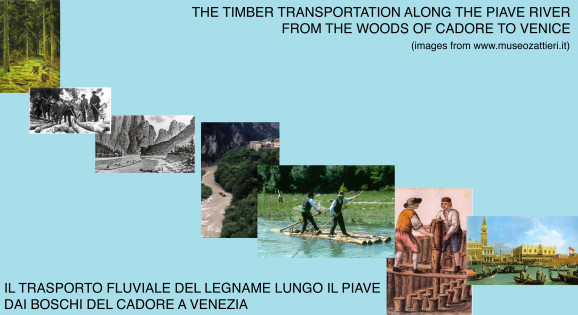
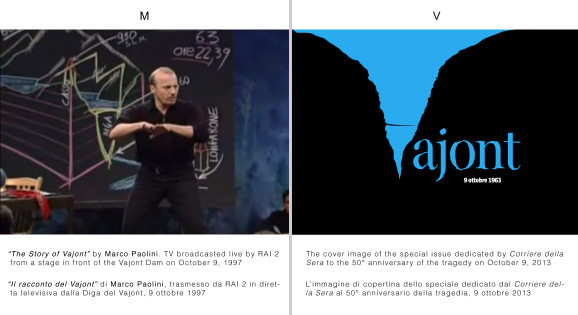
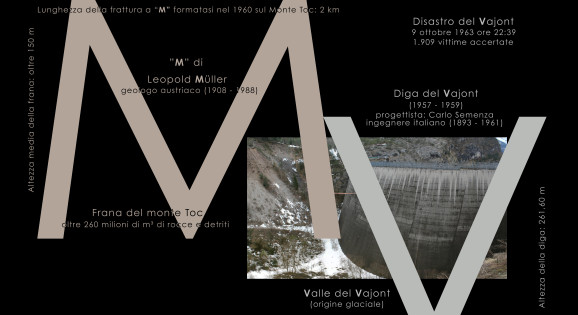
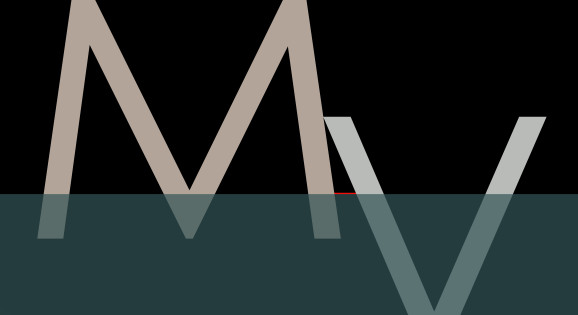

 berlino
berlino
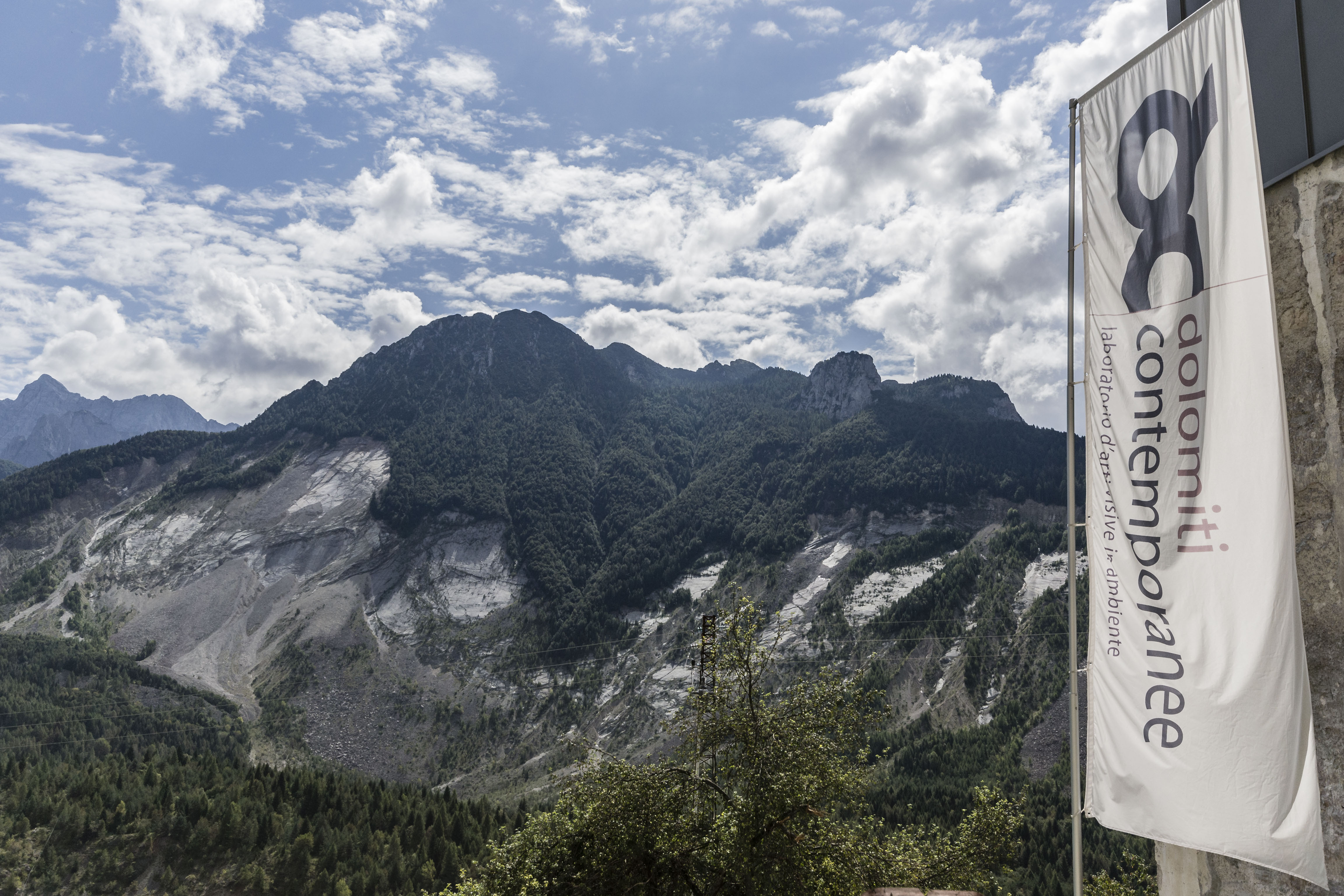
Tuesday, June 15th 2021, 2 – 4 PM, webinar panel:
two calls for vajont: fase _restart.
Vajont: [...]





